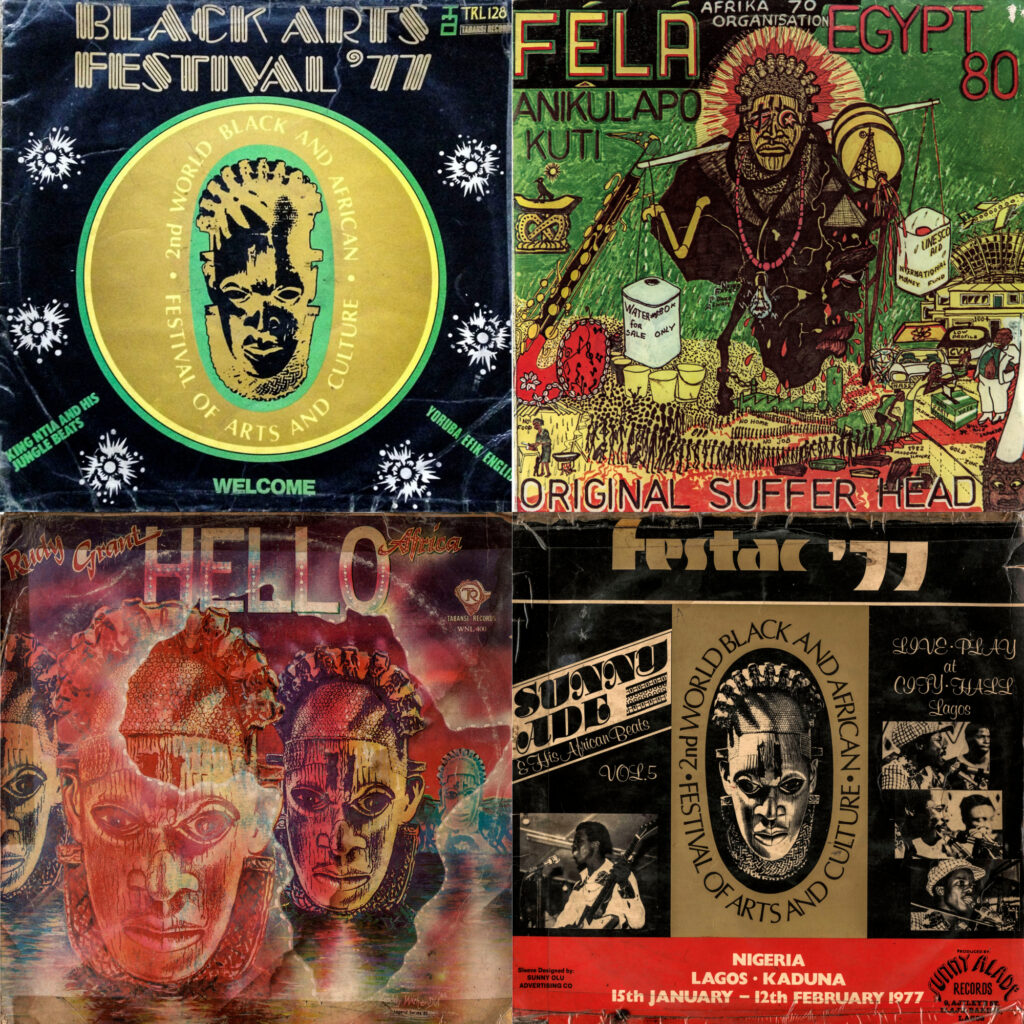Exquisite: The miniature ivory sculpture of Queen Idia, mother of Esigie, the Oba of Benin (1504 to 1550)
Perhaps the single most significant event of that festival, however, was one that never did take place: this was the repatriation of the original of the symbol and logo of that festival, chosen in the belief that it would be released by its keepers and put on display.
An ivory mask from Benin, exquisitely carved and detailed, remained ensconced in the vast labyrinths of the British Museum. It had been looted in the equally famous sacking of the Benin Kingdom by a British expeditionary force in the late 19th century, launched in reprisal for an earlier humiliating encounter between Captain Phillips and King Overawhen, the paramount ruler of the Benin kingdom, whose ancestry, one line of legend insists, was none other than Yoruba.
The Phillips expedition had insisted on being received by the king during one of his most sacred retreats, when the oba was not permitted to see any strangers. His Majesty’s Britannic servants were not to be denied, however, and they forced their way into the city, with gruesome consequences. Such insolence was not to be countenanced.Orders were issued to mount a punitive expedition, and they were carried out with equally gruesome efficiency. Numerous treasures, the spoils of war, were shipped back to England — to offset the cost of the war, the British dispatches stated with admirable candour. Among them was the ivory mask, allegedly the head of a Benin princess.
Now, in 1976, the Nigerian minister of culture, a scion of the Benin kingdom — none other that Chief Anthony Enahoro — felt that this was an opportunity to bring back at least one of those treasures. The diplomatic bag was scorched to and fro with dispatches from both sides. At least lend us the damned thing for the duration of the festival, pleaded Nigeria. Nothing doing, said the British Museum. The British government was, of course, “powerless to intervene”, the autonomy of the British Museum being regretfully but conveniently cited as the insurmountable obstacle. Condescending arguments — such as that the Nigerian nation lacked the means, will, or sense of value required to preserve its precious heritage —require no comment.
 The sculpture of Queen Idia, mother of Esigie, is the symbol and logo of the festival
The sculpture of Queen Idia, mother of Esigie, is the symbol and logo of the festival
I had not stinted words, alas, in expressing my umbrage at both sides — against the British government for its hypocritical double-talk and against our own caretakers, a supposed military regime, for their uncreative approach. From the moment the Nigerian government requested the return of the mask, all was lost. The British government would never part with it, since to do so would only set a precedent for demands for a wholesale repatriation of all art treasures plundered by colonial forces to their rightful homes.
Indeed, in a moment of righteous rage at ancient wrongs, I went so far as to offer advice that the government should stop drawing further attention to the mask, since it would only place its illegal guardians on the alert. The mask was stolen property, and the aggrieved had a right to reclaim their property by any means. What I proposed instead was that a task force of specialists in such matters, including foreign mercenaries if necessary, be set up to bring back the treasure — and as many others as possible — in one swift, once-for-all-time, co-ordinated operation.
Since that unheeded advice, in 1984, a live trophy in the shape of a former minister, the infamous Umaru Dikko, has been kidnapped from London, bundled to Stansted Airport, crated, and loaded into a cargo plane, awaiting repatriation to Nigeria. It was aclumsily executed operation under the regime of General Muhammadu Buhari, yet it could have succeeded but for the accident that Dikko’s live-in mistress happened to have watched it all from the window. She had the presence of mind to take down both the number and description of the car, even before alerting the police. The ineptness of the kidnappers, who had spent months studying Umaru Dikko’s movement, could be summed up in the fact that they failed to notice that his mistress routinely waved good-bye from an upper window when he left the house in the morning. The police found the drugged minister in his crate, together with an Israeli doctor whose task was to pump him full of sedatives at intervals on the flight back to Nigeria. The majority of the nation was waiting to welcome him, even more enthusiastically than the military.
Spiriting away the Benin mask for Festac — the 1977 Festival of Black and African Arts — in good time for the opening of the festival would have been much easier, cost much less and redressed, albeit symbolically, an ancient wrong. I was quite ready to be part of the team. The potential consequences seemed trivial, considering the prize. If we were caught, we would simply fight the case all the way to the International Court of Justice at The Hague, bringing the issue of ownership of objects under colonial plunder to the fore on a global level.
I had no idea what the insides of British jails were like, but I could not imagine them being any worse that the ones in which I had been confined in Kirikiri, Ibadan and Kaduna. That repatriation proposal had stuck in the minds of some of my colleagues, agitated now by the discovery of a missing art treasure that belonged to Ile-Ife.
This is an edited extract from Wole Soyinka’s memoir You Must Set Forth At Dawn
To purchase a copy of the Festac ’77 book, please visit this website